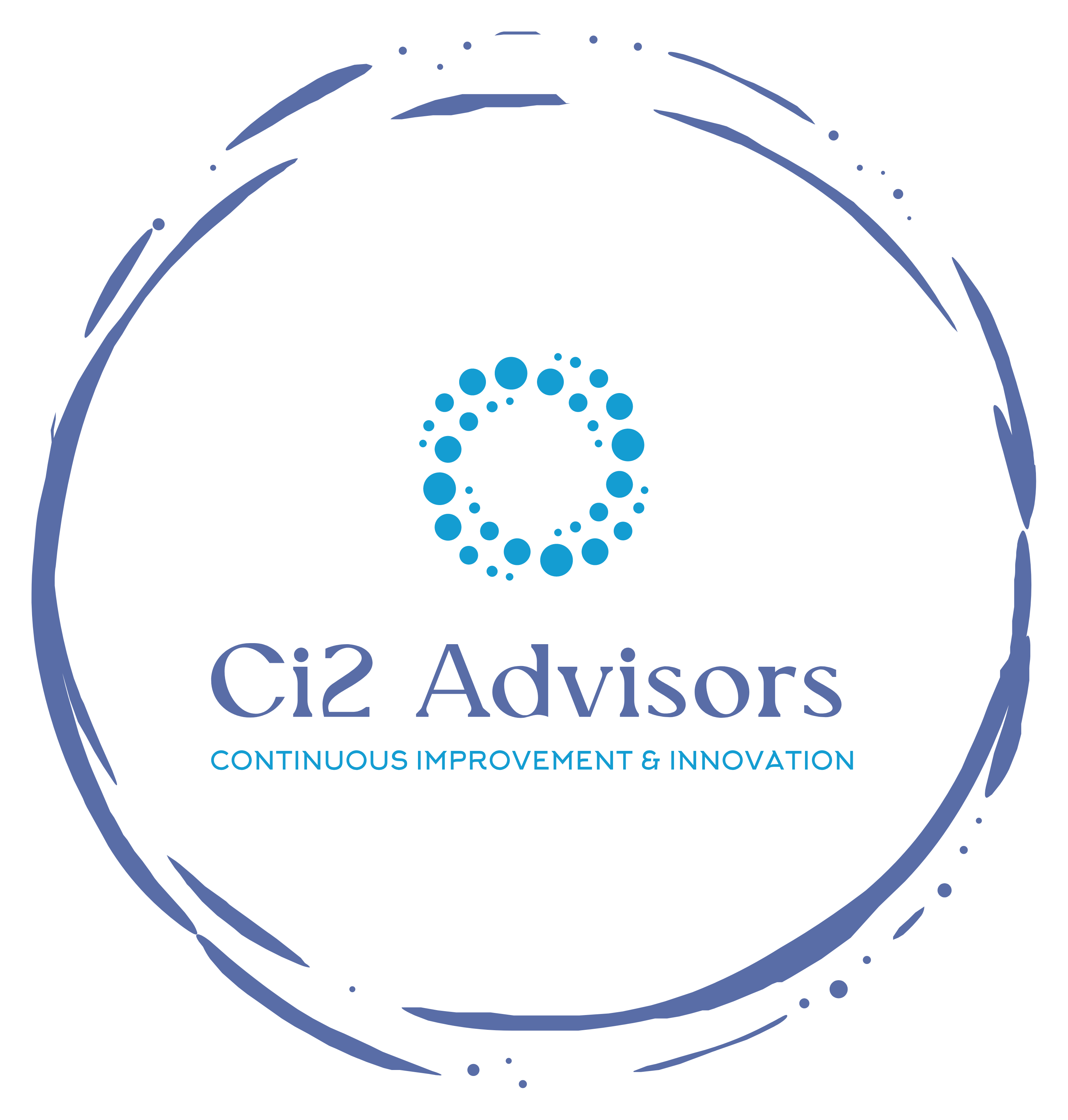By Stacey Weber
One of the more difficult aspects of product management is figuring out how to communicate effectively with many different types of people. It’s even difficult to get advice in this area, because the people part feels complicated and “messy”.
And yet – this is also the most important thing for you to get right, if you want to succeed as a product manager. No one reports to you…..so it’s absolutely essential to communicate effectively, just to get a product out the door at all!
When we miss at communication, there is always an impact. With engineering and design, poor communication leads to increased costs. With Sales and Marketing, the impact is felt more subtly, as a loss of leads and revenue. Either way, profits are negatively impacted when we fail to communicate effectively.
Fortunately, there are a myriad of ways to improve our communication skills.
I remember when I was a new product manager. Before that first position, I had been managing a quality assurance team. I had worked with that team of engineers for a few years, and we had a pretty high level of trust and respect for each other – so I thought they were going to be excited for me to be the product manager.
I scheduled my first requirement review meeting, put together what I was certain would be the best requirement document they had ever seen, and walked confidently into the room with all the wrong information.
I knew the market and our users really well, and I understood the problems they were struggling with – so I had assumed that I could easily put together the right solution, and save us all a bunch of time. The document I delivered for that meeting had complete mock-ups of screens, with detailed descriptions of how the controls should work.

I was confused when I realized that my team was looking at me as if I had become someone else (the enemy???) overnight. Luckily, those engineers trusted me enough to tell me how badly I had screwed up. A lot of teams, faced with a design document disguised as requirements, will respond in a more passive aggressive manner – asking copious questions, digging for every detail, and dragging out the requirements phase as they lean in to product management’s attempt at design.
My team managed to explain to me that they were perfectly capable of figuring out what screens should look like and how they should behave. The thing they could not get from the confines of their cubicles was information about the users and their problems…..the stuff I had completely skipped over in that first requirements document.
I learned that a good story about a typical user will provide much better information than a thick document littered with design details. Engineering and Design understand how to build the best solution. As a product manager, start bringing stories about real users who represent the problems you’re trying to solve. Use the story to inspire your team, then get out of the way and let them do their job!
When you inform your team with stories, they will build a better product than you would ever have imagined.






